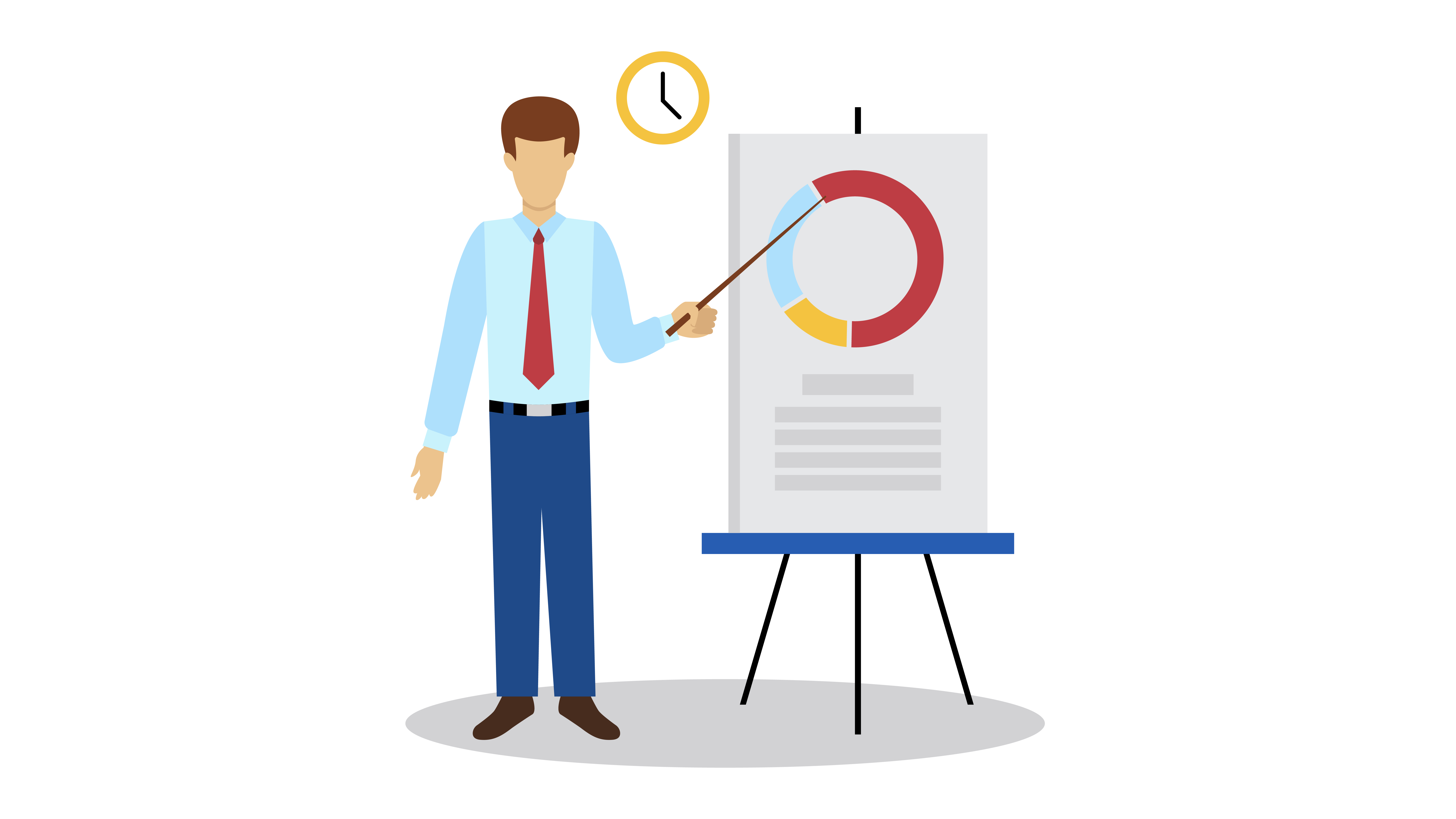All Categories
Featured
Modern companies require central locations for customer data platforms (CDPs). It is a crucial tool. They provide an accurate and comprehensive picture of the customer which can be used to provide targeted marketing and personalized customer experiences. CDPs offer many features that can be used to improve data governance, data quality , and formatting data. This lets customers be more compliant with regards to how data is stored, used, and accessed. CDPs are a great way for companies to collect and store customer data in a CDP can help companies connect with customers and puts it at the core of their marketing campaigns. It also makes it possible to access data from other APIs. This article will discuss the different aspects of CDPs and the ways they can aid businesses.
cdp's
Understanding CDPs: A client data platform (CDP) is a piece of software which allows companies to gather, store, and manage customer data in a single location. This provides a clearer and more complete view of your customer . It also lets you target the marketing of your customers and create personalized customer experiences.
-
Data Governance Data Governance: One of the primary features of the CDP is its ability to classify, protect and control information that is being added to. This involves profiling, division and cleansing of the data. This will ensure that the data is in compliance with rules and regulations.
-
Quality of the Data: It's vital that CDPs ensure that data collected is of high-quality. This means that data must be entered correctly and conform to the required quality standards. This helps reduce the requirement to store, transform, and cleaning.
-
Data Formatting is a CDP is also utilized to make sure that data is in a predefined format. This helps ensure that certain types of data, like dates, match across customer information and that data is entered in an orderly and consistent manner. what are cdps
-
Data Segmentation The CDP lets you segment customer data to better understand different customers. This lets you compare different groups to one another , and to get the right sample distribution.
-
Compliance A CDP can help organizations manage customer data in a legally compliant way. It allows you to establish the security of your policies and to categorize information in accordance with these policies. You may also be able to detect any violations of the policy when making marketing decisions.
-
Platform Selection: There is an array of CDPs to choose from, so it's important to be aware of your requirements before selecting the best one. This includes considering features like privacy of data and the capability to pull data from different APIs. what is a customer data platform
-
The Customer at the center: A CDP lets you integrate live customer data. This allows for immediate accuracy in precision, consistency, and uniformity that every marketing department needs to improve operations and engage customers.
-
Chat, Billing, and More with the help of a CDP it's easy to gather the information you require for a good discussion, regardless of previous chats and billing or other.
-
CMOs and Big Data CMOs and Big Data: According to the CMO Council, 61% of CMOs believe they're not leveraging the power of big data. The 360-degree view of customers that is provided by a CDP is a fantastic way to overcome this problem and allow for better marketing and customer engagement.
With so many different types of marketing technology out there each one typically with its own three-letter acronym you might question where CDPs originate from. Although CDPs are amongst today's most popular marketing tools, they're not a completely new idea. Rather, they're the current action in the advancement of how marketers manage consumer data and customer relationships (What is Cdp in Marketing).

For most marketers, the single greatest value of a CDP is its capability to segment audiences. With the abilities of a CDP, online marketers can see how a single customer engages with their company's various brands, and recognize opportunities for increased personalization and cross-selling. Naturally, there's a lot more to a CDP than division.
Beyond audience segmentation, there are 3 big factors why your business may want a CDP: suppression, personalization, and insights. One of the most interesting things marketers can do with information is identify customers to not target. This is called suppression, and it's part of providing genuinely personalized client journeys (Cdp Data). When a customer's merged profile in your CDP includes their marketing and purchase data, you can suppress advertisements to customers who've already bought.

With a view of every consumer's marketing interactions linked to ecommerce information, site check outs, and more, everyone across marketing, sales, service, and all your other teams has the possibility to comprehend more about each customer and deliver more individualized, relevant engagement. CDPs can assist marketers attend to the root triggers of numerous of their most significant everyday marketing issues (Cdp Product).
When your information is detached, it's harder to understand your customers and develop meaningful connections with them. As the number of data sources used by marketers continues to increase, it's more crucial than ever to have a CDP as a single source of reality to bring it all together.
An engagement CDP uses consumer data to power real-time customization and engagement for consumers on digital platforms, such as websites and mobile apps. Insights CDPs and engagement CDPs make up most of the CDP market today. Really few CDPs include both of these functions similarly. To pick a CDP, your business's stakeholders ought to think about whether an insights CDP or an engagement CDP would be best for your requirements, and research study the few CDP alternatives that include both. What is Customer Data Platform.
Redpoint GlobalLatest Posts
How CDPs Help Organizations Stay Compliant with Data Regulations and Policies
CDPs and the Importance of Data Governance for CMOs
The Benefits of Real-time Data Analysis with a CDP